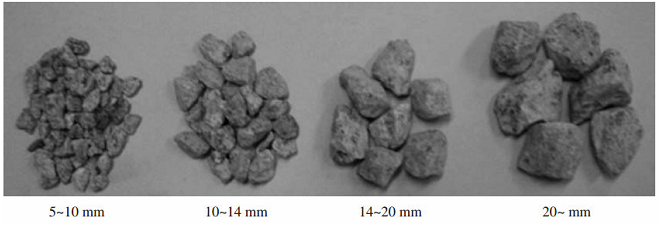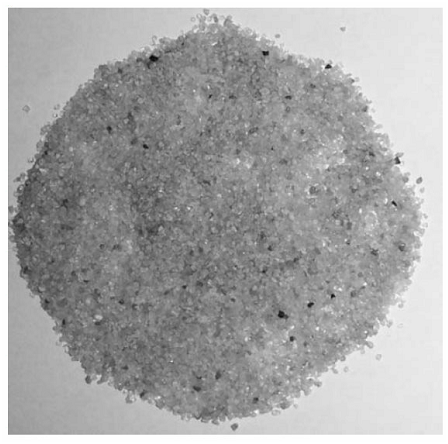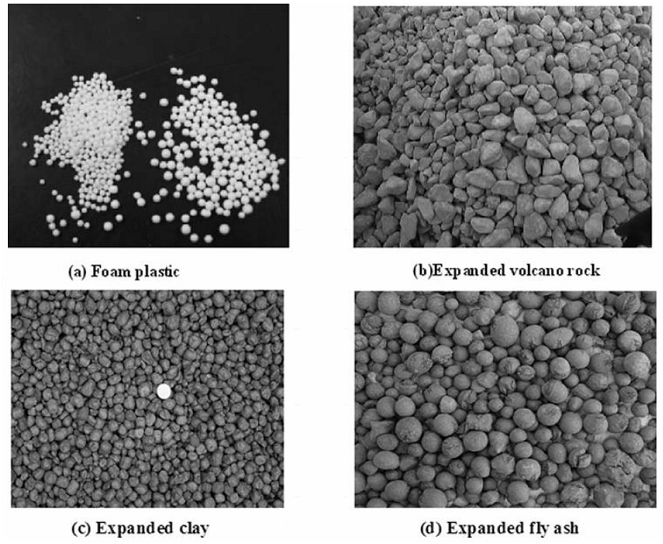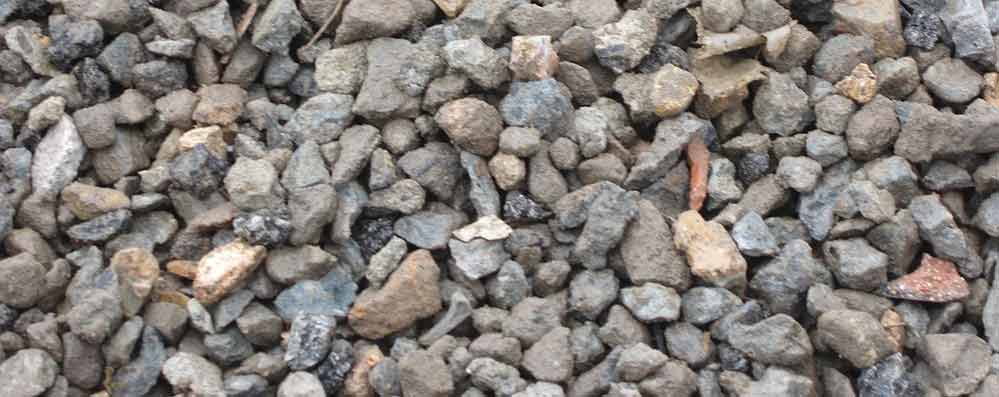Aggregates: Effects and Classification
Aggregates constitute a skeleton of concrete. Approximately three-quarters of the volume of conventional concrete is occupied by aggregate. It is inevitable that a constituent occupying such a large percentage of the mass should contribute important properties to both the fresh and hardened product. Aggregate is usually viewed as an inert dispersion in the cement paste. However, strictly speaking, aggregate is not truly inert because physical, thermal, and, sometimes, chemical properties can influence the performance of concrete.
Effects of Aggregates
(a) Aggregate in fresh and plastic concrete: When concrete is freshly mixed, the aggregates are suspended in the cement–water–air bubble paste. The behavior of fresh concrete, such as fluidity, cohesiveness, and rheological behavior, is largely influenced by the amount, type, surface texture, and size gradation of the aggregate. The selection of aggregate has to meet the requirement of the end use, i.e., what type of structure to be built.
(b) Aggregate in hardened concrete: Although there is little chemical reaction between the aggregate and cement paste, the aggregate contributes many qualities to the hardened concrete. In addition to reducing the cost, aggregate in concrete can reduce the shrinkage and creep of cement paste. Moreover, aggregates have a big influence on stiffness, unit weight, strength, thermal properties, bond, and wear resistance of concrete.
Classification of Aggregates
Aggregates can be divided into several categories according to different criteria, such as size, source, and unit weight.
(a) In accordance with size
Coarse aggregate: Aggregates predominately retained on a No. 4 (4.75-mm) sieve are classified as coarse aggregate. Generally, the size of coarse aggregate ranges from 5 to 150 mm. For normal concrete used for structural members such as beams and columns, the maximum size of coarse aggregate is about 25 mm. For mass concrete used for dams or deep foundations, the maximum size can be as large as 150 mm. Figure 1 shows some examples of coarse aggregates.

Fine aggregate (sand): Aggregates passing through a No. 4 (4.75 mm) sieve and predominately retained on a No. 200 (75 µm) sieve are classified as fine aggregate. River sand is the most commonly used fine aggregate. In addition, crushed rock fines can be used as fine aggregate. However, the finish of concrete with crushed rock fines is not as good as that with river sand. Figure 2 shows the profile of sand.

(b) In accordance with source
Natural aggregates: This kind of aggregate such as sand and gravel is taken from natural deposits without changing the nature during production. Manufactured (synthetic) aggregates (see Figure 3): These kinds of aggregate are manmade materials, resulting from products or by-products of industry. Some examples are blast furnace slag and lightweight aggregate.

(c) In accordance with unit weight
Ultra-lightweight aggregate: The unit weight of such aggregates is less than 500 kg/m3, including expanded perlite and foam plastic. The concrete made of ultra-lightweight aggregates has a bulk density from 800 to 1100 kg/m3, depending on the volume fraction of aggregate. Such a concrete can be used only as nonstructural members, like partition walls.
Lightweight aggregate: The unit weight of such aggregates is between 500 and 1120 kg/m3. Examples of lightweight aggregates include cinder, blast-furnace slag, volcanic pumice, and expanded clay. The concrete made of lightweight aggregate has a bulk density between 1200 and 1800 kg/m3. Such concrete can be either a structural member or nonstructural member, depending what type of aggregate is used.
Normal-weight aggregate: An aggregate with a unit weight of 1520–1680 kg/m3 is classified as normal-weight aggregate. Sand, gravel, and crushed rock belong to this category and are most widely used. Concrete made with this type of aggregate has a bulk density of 2300–2400 kg/m3. It is the main concrete used to produce important structural members.
Heavy-weight aggregate: If the unit weight of aggregate is greater than 2100 kg/m3, it is classified as heavy-weight aggregate. Materials used as heavy-weight aggregate are iron ore, crashed steel pieces, and magnesite limonite. The bulk density of the corresponding concrete is greater than 3200 kg/m3 and can reach 4000 kg/m3. This kind of concrete has special usage, like radiation shields in nuclear power plants, hospitals, and laboratories. It can also be used as sound-shielding material.
Read More
